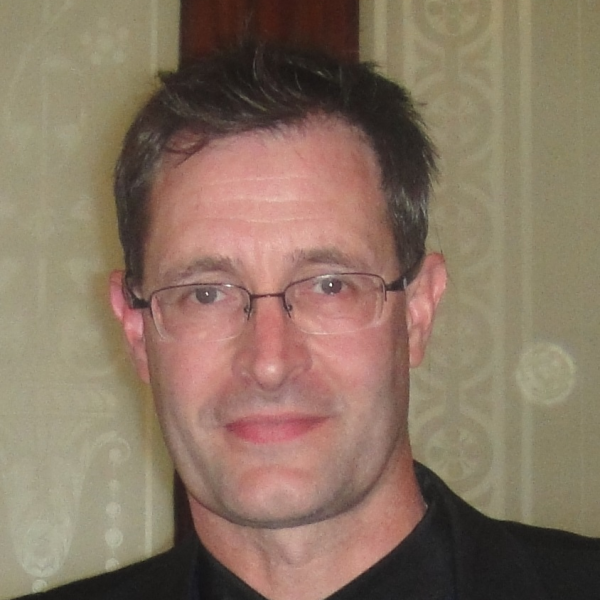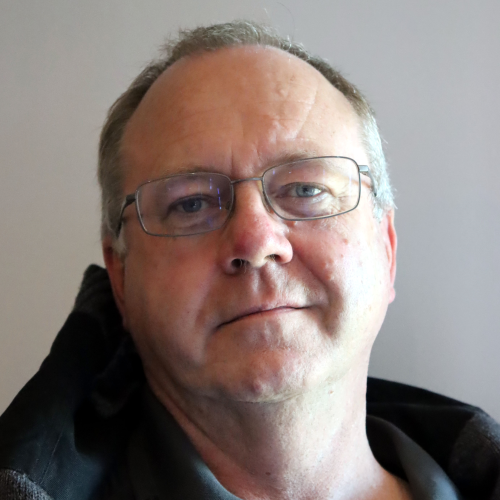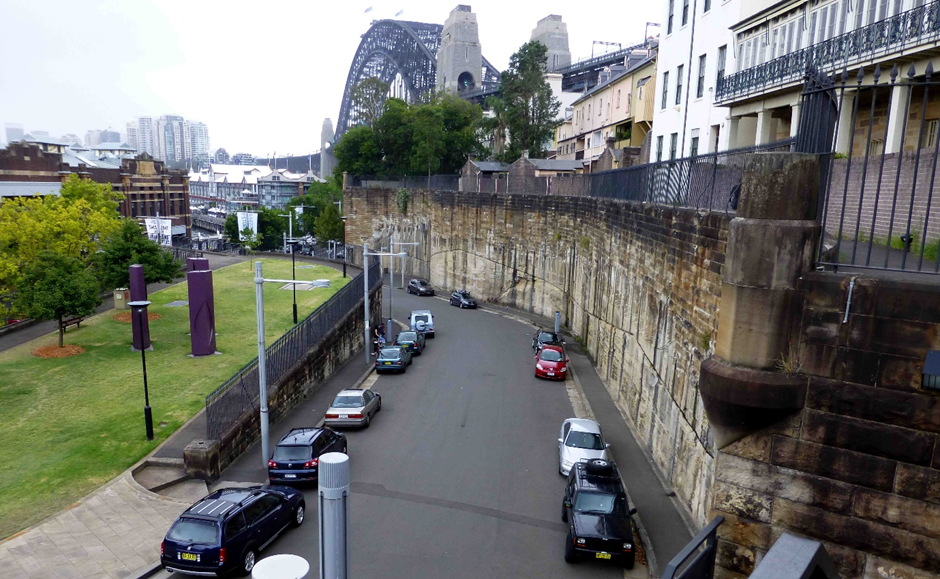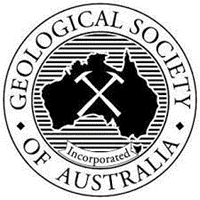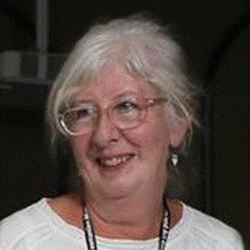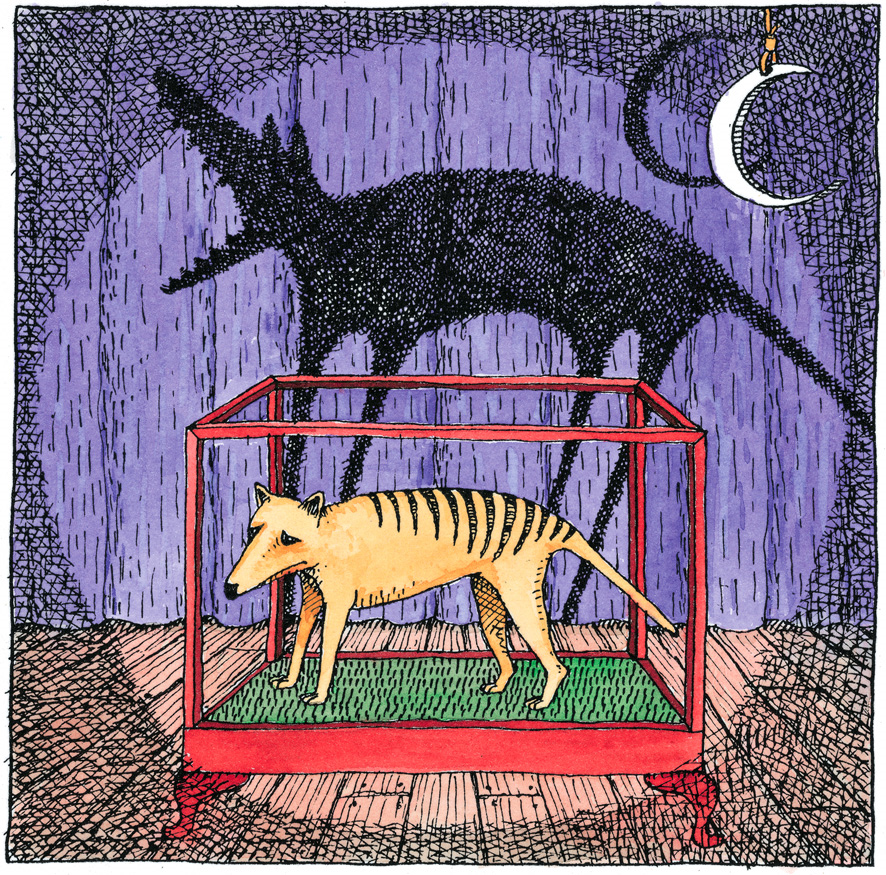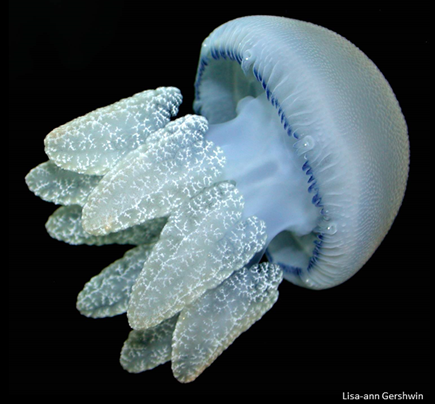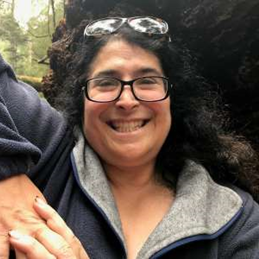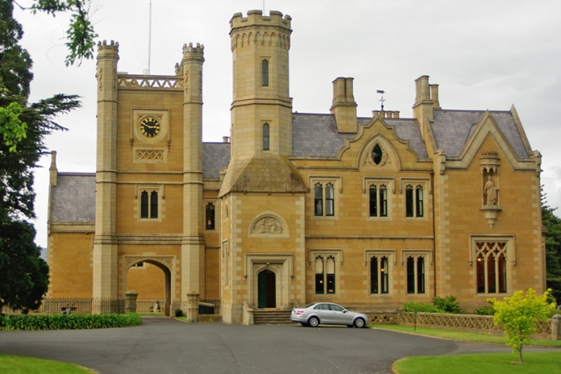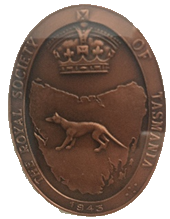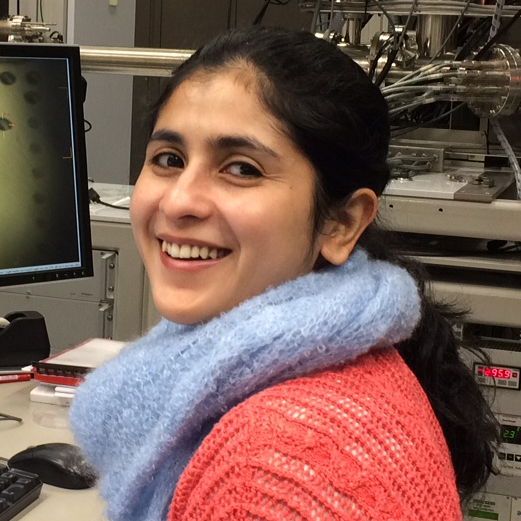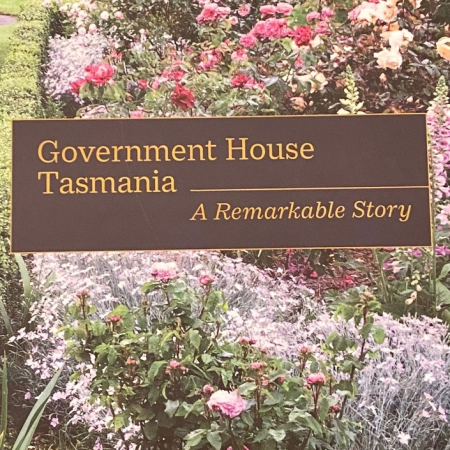The lecture “Jellyfish Blooms and the Future of the Ocean” delivered on 3 April 2022 is now available on the RST YouTube channel.
Our oceans are becoming increasingly inhospitable to life—growing toxicity and rising temperatures coupled with overfishing have led many marine species to the brink of collapse. And yet there is one creature that is thriving in this seasick environment: the beautiful, dangerous, and now incredibly numerous jellyfish. The jellyfish population bloom is highly indicative of the tragic state of the world’s ocean waters, while also revealing the incredible tenacity of these remarkable creatures.
Lisa Gershwin is a marine ecologist and scientific communicator. Her research skills include nearly all aspects of pelagic invertebrates with particular focus on gelatinous species, including jellyfish bloom dynamics, taxonomy, stinger management, toxinology, paleontology, evolutionary biology, and field guide construction. She communicates via local, national, and international media, high profile feature stories and documentaries, blogs, social media, a science show on the radio, and authorship of the best-selling books “Stung! On Jellyfish Blooms and the Future of the Ocean” and “Jellyfish: A Natural History”. She has more than 70 peer reviewed papers published, a half million dollars in competitive research funding, a Fulbright Fellowship, and more than 200 new jellyfish species and one dolphin discovered.
